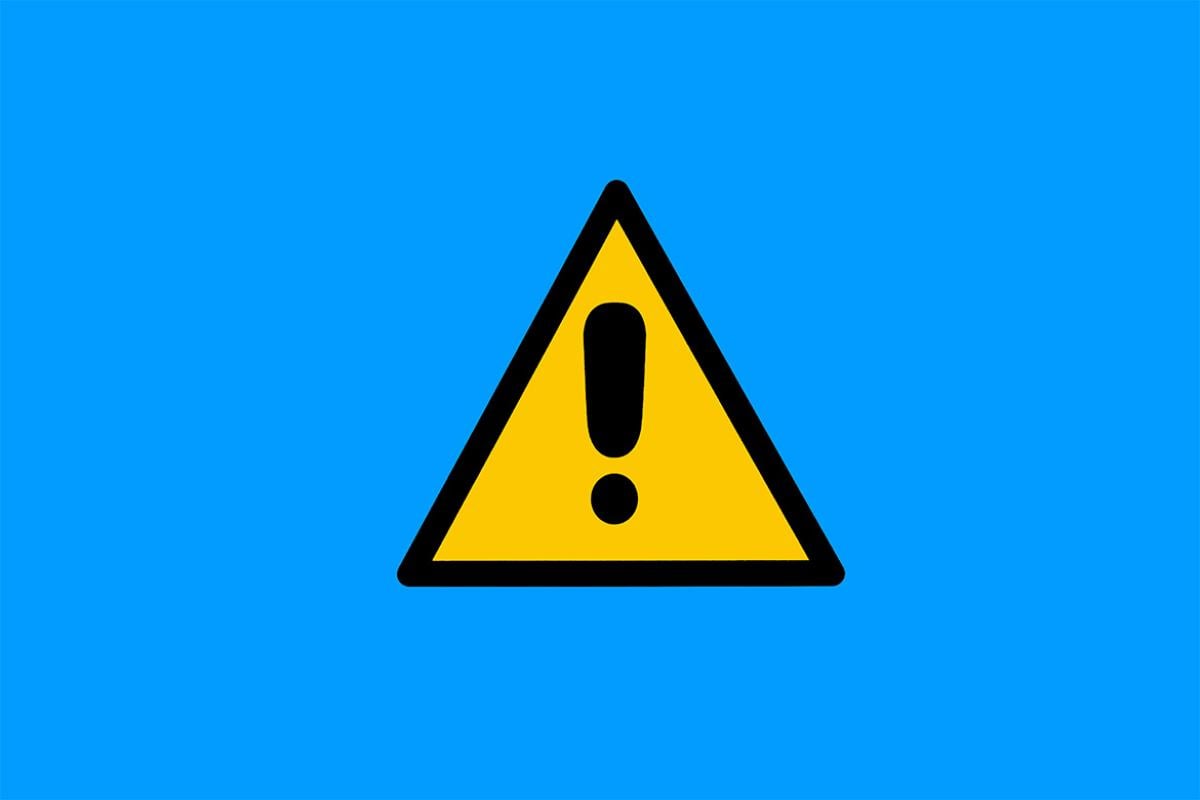An AMA analysis reveals that most health insurance markets over the past decade have remained stubbornly and highly concentrated, and at risk for mergers to substantially lessen competition.
Blue Cross Blue Shield (BCBS) health plans continue to dominate commercial health insurance markets, while UnitedHealth Group remains the giant in Medicare Advantage, according to the AMA’s 2024 edition of Competition in Health Insurance: A Comprehensive Study of US Markets (PDF). At the national level, UnitedHealth Group was the largest commercial health insurer in the U.S. in 2023, and Centene was the largest insurer in the state health insurance exchanges.
The report’s authors examined 382 metropolitan statistical areas (MSA), the 50 states and the District of Columbia, tabulating commercial and Medicare Advantage market shares for the two largest health insurance companies in each of those geographic markets. They also analyzed state- and MSA-level market concentration according to measures used in federal merger guidelines issued in 2023.
AMA researchers used the Herfindahl-Hirschman Index (HHI) to measure market concentration and competition. A “highly concentrated” market exceeds a regulatory threshold for the HHI set by federal guidelines and lacks adequate health insurer competition.
In 2023, 95% of commercial (364) and 97% of Medicare Advantage (372) MSA-level markets were highly concentrated—that is, where HHI exceeded 1,800.
“For too many Americans living in highly concentrated health insurance markets, choosing medical coverage feels like having no choice at all,” said AMA President Bruce A. Scott, MD. “The AMA strongly encourages a dialogue among regulators, policymakers, lawmakers and others to reverse the trend toward health insurance consolidation and create a better, more open and competitive marketplace to benefit patients.”
Concentration grew over decade
In one analysis, the report’s authors calculated changes in MSA-level commercial market concentration between 2014 and 2023. For both years, 95% of MSA-level commercial markets were highly concentrated, hovering between 95% and 96% in that 10-year period.
Additionally, the HHI increased in 51% of markets, rising by at least 500 points in 26% of all markets. Almost half (49%) of markets that were highly concentrated in 2014 grew more consolidated by 2023.
“The average HHI fluctuated in either direction in the intervening years. However, because there were more increases than decreases, and the decreases were smaller, the average HHI rose by 135 points between 2014 and 2023,” says the report, noting that the health insurance exchanges accounted for much of the drops.
BCBS, UnitedHealth are biggest players
In commercial markets, the average HHI across MSA-level markets was 3,458 in 2023. In 89% (339) of MSAs, at least one insurer held a commercial market share of 30% or higher, and in 47% (181) of MSAs, one insurer's share was at least 50%.
A BCBS insurer had the largest state-level market share in 41 states, whereas a BCBS insurer had the largest MSA-level market share in 83% (317) of MSAs.
Elevance Health (formerly Anthem) had the largest MSA-level market share in 21% (80) of MSAs.
In commercial markets at the national level, the 10 largest health insurers by market share in 2023 were:
- UnitedHealth Group (15%).
- Elevance Health (12%).
- CVS (Aetna) (12%).
- Cigna (11%).
- Health Care Service Corp. (BCBS) (7%).
- Kaiser (7%).
- Blue Cross Blue Shield of Florida (2%).
- Blue Cross Blue Shield of Michigan (2%).
- Centene (2%).
- Blue Shield of California (2%).
The states with the least competitive commercial health insurance markets in 2023 (PDF) were: Alabama, Kentucky, Michigan, Louisiana, Hawaii, Illinois, Alaska, Delaware, Vermont and South Carolina. These states were also in the top 10 in 2022.
HHI falls in Medicare Advantage
MSA-level Medicare Advantage market findings, a comparison between 2023 and 2017 figures, also show low competition, as the proportion of MSA-level markets that are highly concentrated hovered between 97% and 99% since 2017. The average HHI across MSA-level markets was 3,129 in 2023—a drop from 3,923 in 2017.
“Interestingly, however, the decrease in the average HHI in 2023 was the smallest year-to-year change observed over the seven-year study period,” says the report. “At the MSA-level, the average number of MA insurers has been going up and the average market share has been going down over time,” observed the authors.
In 91% (347) of MSAs, at least one insurer held a market share of 30% or greater in 2023. In 30% (116) of MSAs, one insurer's share was at least 50%.
At the national level, UnitedHealth Group was the largest health insurer in the U.S., commanding the largest MSA-level market share in 43% (165) of MSAs, with a national-level share of 29%—up from 25% in 2017. Humana was the largest in 22% (84) of MSAs.
Centene leads in state exchanges
In the state health insurance exchanges, Centene is the largest health insurer at the national level and accounted for 17% of the market in 2023, followed by Blue Cross Blue Shield of Florida at 9% and CVS (Aetna) at 8%.
“There is much more volatility in insurers’ market shares and rankings over time in the exchanges than in the combined product market,” the report’s authors observed. Anthem for example, commanded the largest share in 2014 and 2015, only to drop to the seventh largest with a 5% share in 2023.
UnitedHealth Group, in the meantime, rebounded from the 31st largest exchange insurer in 2021 to the eighth with a 3% share in 2023.




